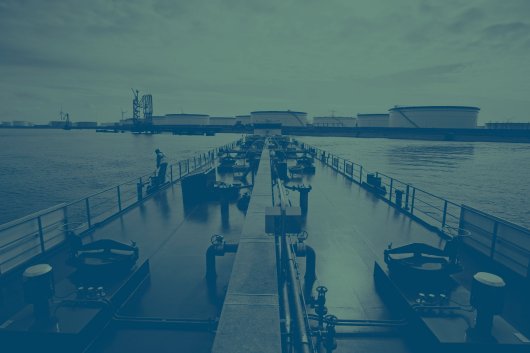California implements changes to clean fuels program
Program changes are aimed at streamlining the process of accounting for carbon released during the transportation of fuels.
The California Air Resources Board (ARB) has voted to introduce some changes to its Low Carbon Fuel Standard to streamline procedures and clarify language.
The Low Carbon Fuel Standard is designed to reduce greenhouse gas emissions from transportation fuels 10 percent by 2020. The aim of the standard is to drive innovation to reduce the carbon intensity of existing fuels and develop the next generation of cleaner fuels, ultimately reducing the state’s reliance on petroleum. Transportation alone accounts for 40 percent of California’s Greenhouse Gas emissions.
"The Low Carbon Fuel Standard is an essential part of California’s program to move away from dirty fuels and toward a clean energy future,” according to Air Resources Board Chairman Mary D. Nichols.
"These changes streamline the program. They ensure that we accurately account for every gram of carbon released during the extraction and transportation of unrefined fossil fuels, no matter where they come from," added Nichols.
One key amendment will aim to improve how the regulation accounts for the carbon intensity of crude oils. The carbon intensity of crudes can vary significantly with heavy crudes generally having a higher carbon footprint.
The proposed amendments require that the carbon intensity of crudes be fully accounted for just like other fuels under the program. The provision also incentivizes innovation by providing credits for specific actions to reduce the carbon intensity of crude oil.
The Low Carbon Fuel Standard is designed to reduce greenhouse gas emissions from transportation fuels 10 percent by 2020. The aim of the standard is to drive innovation to reduce the carbon intensity of existing fuels and develop the next generation of cleaner fuels, ultimately reducing the state’s reliance on petroleum. Transportation alone accounts for 40 percent of California’s Greenhouse Gas emissions.
"The Low Carbon Fuel Standard is an essential part of California’s program to move away from dirty fuels and toward a clean energy future,” according to Air Resources Board Chairman Mary D. Nichols.
"These changes streamline the program. They ensure that we accurately account for every gram of carbon released during the extraction and transportation of unrefined fossil fuels, no matter where they come from," added Nichols.
One key amendment will aim to improve how the regulation accounts for the carbon intensity of crude oils. The carbon intensity of crudes can vary significantly with heavy crudes generally having a higher carbon footprint.
The proposed amendments require that the carbon intensity of crudes be fully accounted for just like other fuels under the program. The provision also incentivizes innovation by providing credits for specific actions to reduce the carbon intensity of crude oil.
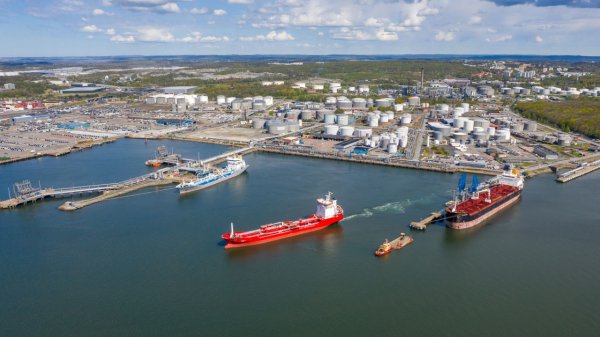
|
Swedish biomethane bunkered in Gothenburg
Test delivery performed by St1 and St1 Biokraft, who aim to become large-scale suppliers. |
|
|
|
||
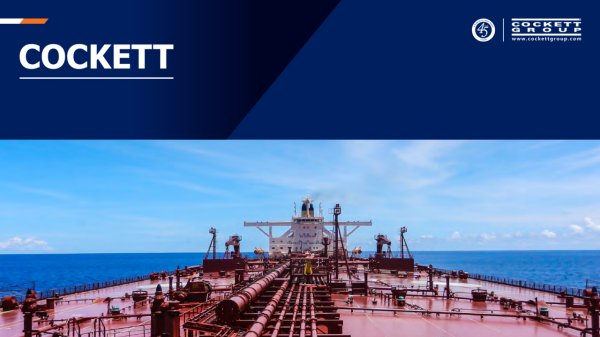
|
Cockett to be closed down after 45 years
End of an era as shareholders make decision based on 'non-core nature' of Cockett's business. |
|
|
|
||
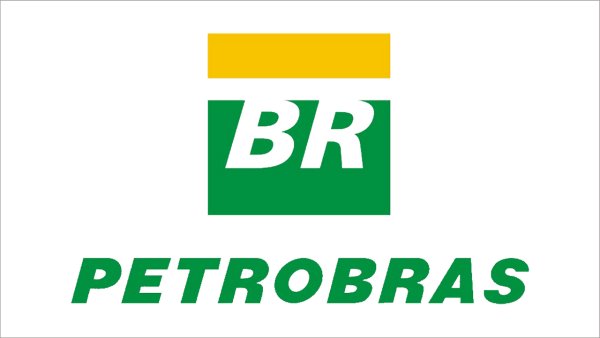
|
Petrobras confirms prompt availability of VLS B24 at Rio Grande
Lead time for barge deliveries currently five days. |
|
|
|
||
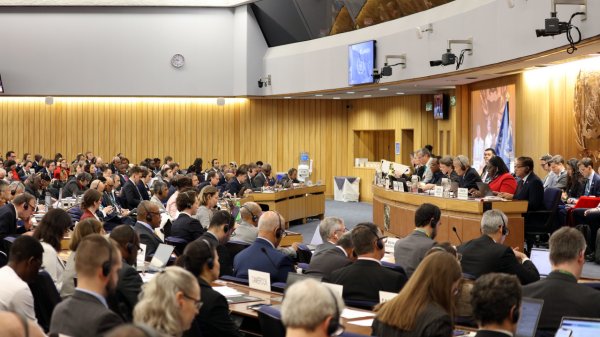
|
IMO approves pricing mechanism based on GHG intensity thresholds
Charges to be levied on ships that do not meet yearly GHG fuel intensity reduction targets. |
|
|
|
||
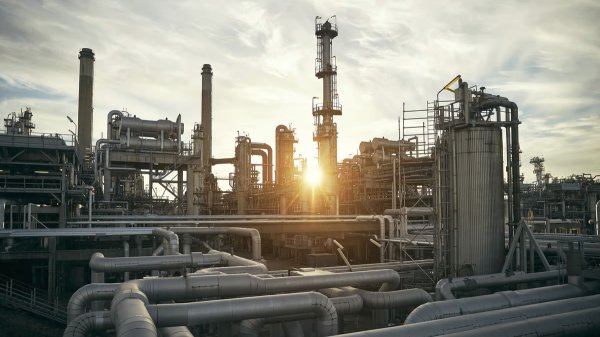
|
VARO Energy expands renewable portfolio with Preem acquisition
All-cash transaction expected to complete in the latter half of 2025. |
|
|
|
||
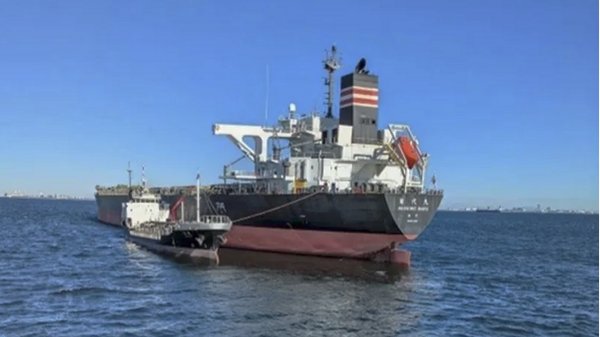
|
NYK trials biofuel in milestone coal carrier test
Vessel is used to test biofuel for domestic utility company. |
|
|
|
||
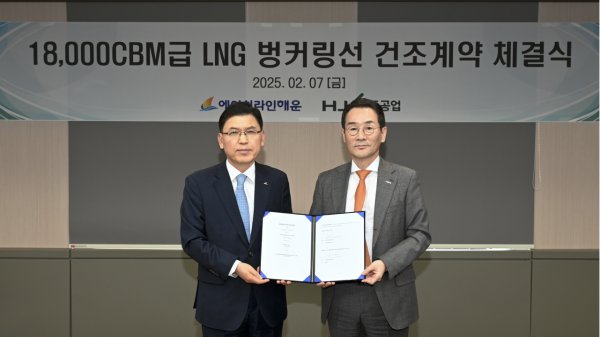
|
H-Line Shipping orders LNG bunkering vessel
Vessel with 18,000-cbm capacity to run on both LNG and MDO. |
|
|
|
||

|
How to engineer and manage green shipping fuels | Stanley George, VPS
Effective management strategies and insights for evolving fuel use. |
|
|
|
||
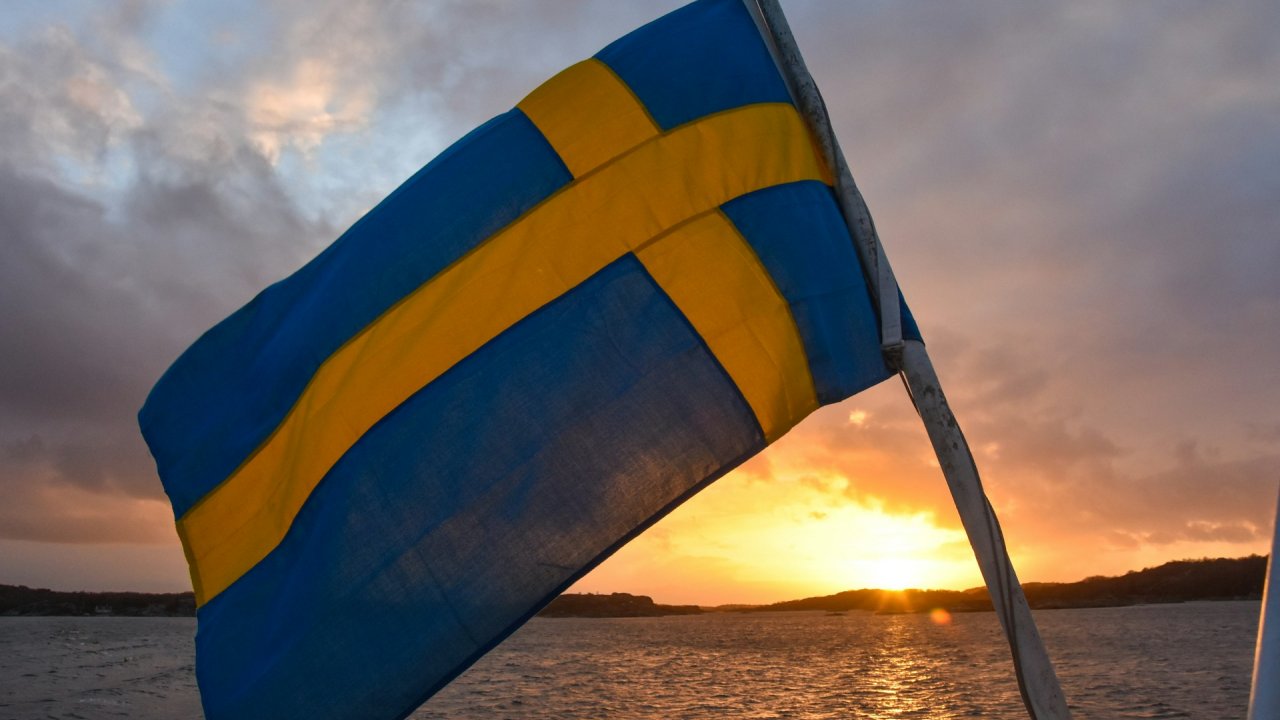
|
Swedish government bans scrubber wastewater discharges
Discharges from open-loop scrubbers to be prohibited in Swedish waters from July 2025. |
|
|
|
||
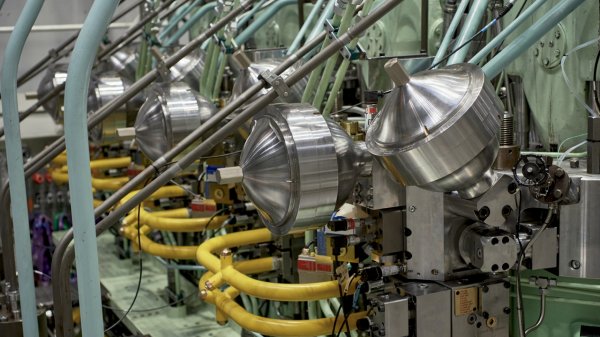
|
MAN Energy Solutions achieves 100% load milestone for ammonia engine
Latest tests validate fuel injection system throughout the entire load curve. |
|
|
|
||
Related Links
- · Shipping firms fined $1.2 million for bunker spill [Insights]
- · Houston emissions four times higher than California [Insights]
- · $58m awarded for shore-side power projects [Insights]
- · Oakland a step closer to shore power [Insights]
- · California: Rise in incidents since ECA [Insights]
- · United States [Directory]

